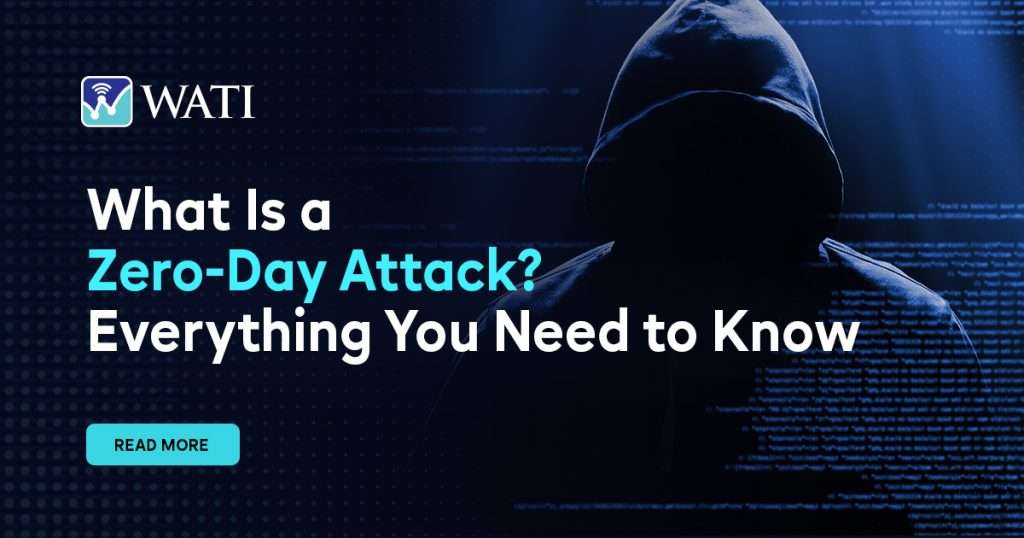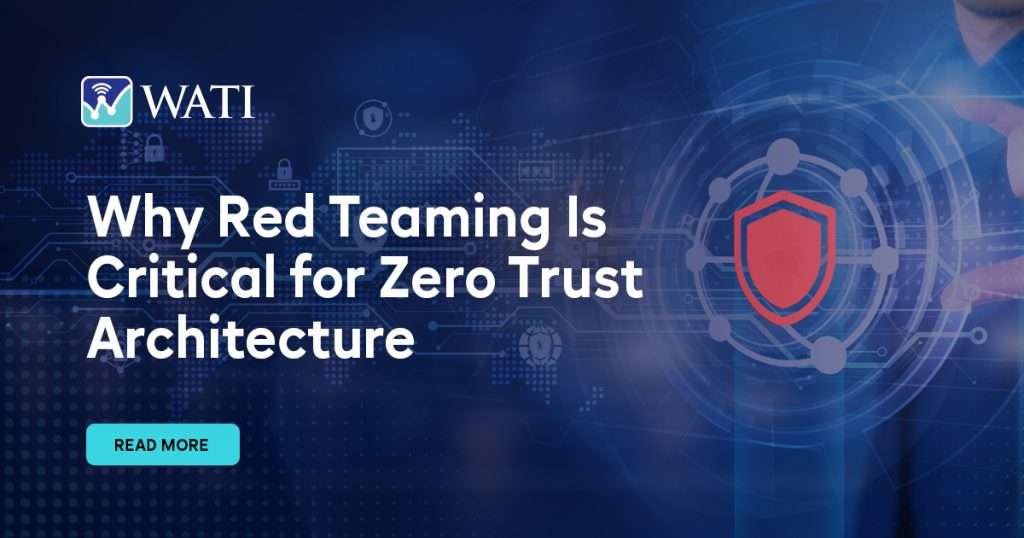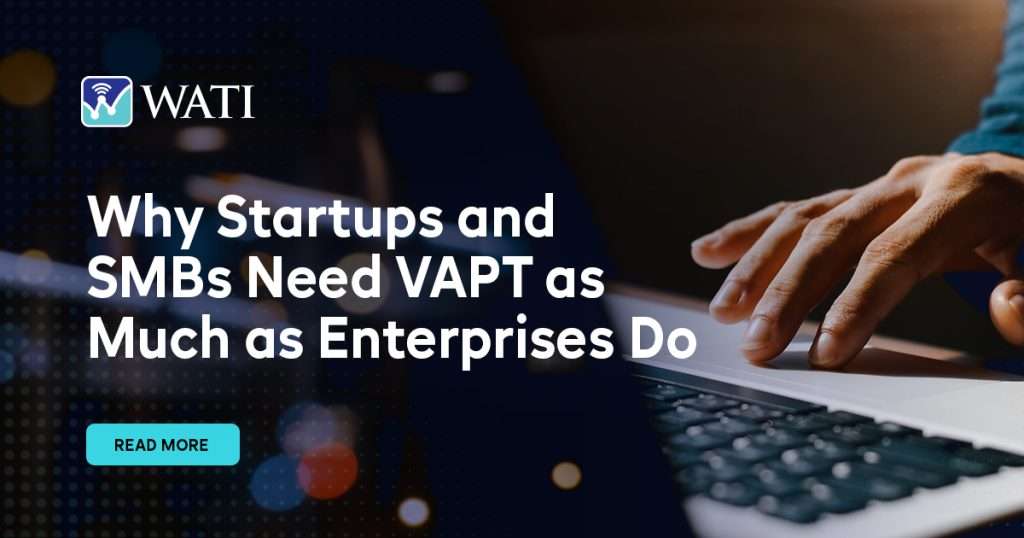The healthcare industry is increasingly targeted by cybercriminals due to the high value of the data it handles and the critical nature of its services. The sensitivity of patient information, combined with the widespread adoption of digital health records and connected medical devices, makes healthcare organizations particularly vulnerable to cyberattacks. This article explores the top 10 security threats facing the healthcare sector and how cybersecurity services can help mitigate these risks.
1. Ransomware Attacks:
Ransomware has become one of the most significant threats to healthcare organizations worldwide. Cybercriminals use ransomware to encrypt patient data, demanding a ransom to restore access. The impact of such attacks can be devastating, potentially halting hospital operations, delaying critical treatments, and compromising patient care. In 2020, the average ransom paid by healthcare organizations increased by 33%, reflecting the growing scale of the problem.
How to Protect Against Ransomware:
– Implement regular data backups and ensure they are stored securely offline.
– Employ advanced email filtering to block phishing emails, a common vector for ransomware.
– Conduct regular cybersecurity training to educate staff on the dangers of suspicious links and attachments.
2. Phishing Scams:
Phishing remains one of the most common attack methods, with healthcare employees often being targeted. These scams involve fraudulent emails or messages designed to trick recipients into revealing sensitive information, such as login credentials, or downloading malware.
Mitigation Strategies:
– Provide ongoing phishing awareness training for all employees.
– Implement multi-factor authentication (MFA) to add an extra layer of security.
– Use email security solutions that detect and block phishing attempts before they reach users.
3. Insider Threats:
Not all cybersecurity threats come from external sources. Insider threats—whether from malicious employees, careless staff, or compromised credentials—pose a significant risk to healthcare organizations. These threats can lead to unauthorized data access, data leaks, or even sabotage of critical systems.
Preventing Insider Threats:
– Implement strict access controls and monitor user activities.
– Employ a zero-trust security model, assuming that no user or device is trustworthy by default.
– Regularly update and review permissions, especially when employees leave or change roles.
4. Data Breaches:
Healthcare data is among the most valuable on the black market, with personal health information (PHI) fetching high prices. Cybercriminals target healthcare organizations to steal large volumes of data, which can then be sold or used in identity theft.
Data Breach Prevention:
– Encrypt all sensitive data, both at rest and in transit.
– Implement network segmentation to limit the impact of a breach.
– Conduct regular security audits and vulnerability assessments to identify and fix potential weaknesses.
5. Medical Device Vulnerabilities: The Internet of Medical Things (IoMT):
As the Internet of Medical Things (IoMT) expands, so too do the vulnerabilities associated with connected medical devices. Devices such as pacemakers, insulin pumps, and imaging systems, if not properly secured, can be exploited by attackers, potentially endangering patient lives.
Securing Medical Devices:
– Ensure all medical devices are regularly updated with the latest firmware and security patches.
– Implement network segmentation to isolate medical devices from other parts of the network.
– Conduct security assessments of all connected devices before they are integrated into the healthcare environment.
6. Supply Chain Attacks:
Cybercriminals often target third-party vendors or suppliers to gain access to healthcare networks, exploiting vulnerabilities in the supply chain. These attacks can be challenging to detect and may go unnoticed until significant damage has been done.
Strengthening Supply Chain Security
– Conduct thorough security assessments of all third-party vendors.
– Establish strict contractual security requirements for suppliers.
– Monitor and audit third-party access to ensure compliance with security standards.
7. Distributed Denial of Service (DDoS) Attacks: Disrupting Healthcare Services:
DDoS attacks involve overwhelming a network or service with traffic, rendering it inaccessible. In a healthcare setting, a successful DDoS attack can disrupt critical services, delay medical procedures, and even endanger lives.
Defending Against DDoS Attacks:
– Implement DDoS mitigation solutions that can detect and filter out malicious traffic.
– Ensure network redundancy and have a response plan in place to quickly address any service disruptions.
– Regularly test the resilience of your network against DDoS scenarios.
8. Unsecured IoT Devices: A Growing Threat:
The proliferation of Internet of Things (IoT) devices in healthcare settings—ranging from smart thermostats to connected imaging systems—introduces new vulnerabilities. These devices often lack robust security features, making them easy targets for cyberattacks.
Securing IoT Devices:
– Conduct a comprehensive inventory of all IoT devices and ensure they are properly configured.
– Apply strict network segmentation to limit the potential impact of a compromised IoT device.
– Regularly update IoT device firmware and change default passwords.
9. Electronic Health Record (EHR) Exploits: The Crown Jewel:
EHR systems are central to modern healthcare operations, containing vast amounts of patient data. A breach or exploit of an EHR system can result in unauthorized access to this data, leading to significant privacy violations and financial penalties.
Protecting EHR Systems:
– Implement robust encryption and access controls for EHR systems.
– Monitor and log all access to EHR systems to detect suspicious activity.
– Conduct regular vulnerability assessments of EHR platforms and apply necessary patches promptly.
10. Compliance and Regulatory Risks:
Healthcare organizations must comply with a variety of regulations, such as the Health Insurance Portability and Accountability Act (HIPAA) in the United States. Failure to comply with these regulations can result in hefty fines and damage to the organization’s reputation.
Ensuring Compliance:
– Stay informed about the latest regulatory changes and updates.
– Conduct regular compliance audits to ensure adherence to all applicable laws and regulations.
– Work with a cybersecurity partner to develop a comprehensive compliance strategy that includes risk management, incident response, and employee training.
Conclusion: A Proactive Approach to Healthcare Cybersecurity
The healthcare sector faces an ever-evolving landscape of cybersecurity threats. As cybercriminals become more sophisticated, it is essential for healthcare organizations to adopt a proactive approach to security. Partnering with a cybersecurity services provider can help healthcare organizations identify vulnerabilities, implement robust security measures, and respond swiftly to any incidents.
By addressing these top 10 security threats, healthcare organizations can better protect patient data, ensure compliance with regulations, and maintain the trust of their patients. In an industry where the stakes are incredibly high, investing in cybersecurity is not just a best practice—it’s a necessity.
By focusing on these critical areas, your healthcare organization can significantly reduce the risk of a security incident. For more information on how our cybersecurity services can help protect your organization, contact us today.



